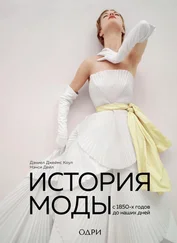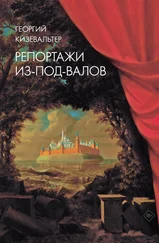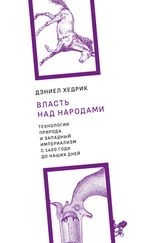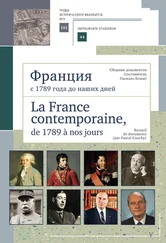Gröber K. Children’s Toys of Bygone Days: A History of Playthings of All Peoples from Prehistoric Times to the Nineteenth Century. L.: B. T. Batsford, 1928. P. 1.
Дискуссию о ностальгии взрослых, связанной с «безвременностью» игрушки, см. во введении к: Cross G. Kids’ Stuff: Toys and the Changing Worlds of American Childhood. Cambridge: Harvard University Press, 1997.
Gröber K. Children’s Toys of Bygone Days. P. 2.
Benjamin W. Kulturgeschichte des Spielzeugs // Gesammelte Schriften, Vol. 3. Frankfurt: Suhrkamp, 1972. P. 113–117.
Ariès Р. Centuries of Childhood: A Social History of Family Life / transl. by R. Baldick. N. Y.: Vintage, 1962.
С обзором ранних историй игрушек и коллекций можно ознакомиться в статье Burton A. Design History and the History of Toys: Defining a Discipline for the Bethnal Green Museum of Childhood // Journal of Design History. 1997. No. 1 (10). P. 1–21.
Выставки, посвященные игрушкам и материальной культуре детства, проходили в Канадском центре архитектуры в Монреале (1993–1994), Музее дизайна Vitra города Вайль-на-Рейне (1997–1998), в Императорском музее мебели в Вене (2006–2007), в Музее Пикассо в Малаге (2010–2011), Большом дворце в Париже (2011–2012), нью-йоркском Музее современного искусства (2012), Баварском национальном музее в Мюнхене (2014–2015) и в Аспирантском центре Бард-колледжа в Нью-Йорке (2015–2016).
О последних работах исследователей детства см.: Duane A. The Children’s Table: Childhood Studies and the Humanities. Athens: University of Georgia Press, 2013.
Schlereth Т. The Material Culture of Childhood: Research Problems and Possibilities // Cultural History and Material Culture: Everyday Life, Landscapes and Museums / ed. by Thomas Schlereth. Ann Arbor: UMI Research Press, 1990. P. 89–112; Brookshaw S. The Material Culture of Children and Childhood: Understanding Childhood Objects in the Museum Context // Journal of Material Culture. 2009. No. 3 (14). P. 365–383; Pascoe C. Putting Away the Things of Childhood: Museum Representations of Children’s Cultural Heritage и Rhian H. Museums and Representations of Childhood: Reflections on the Foundling Museum and the V&A Museum of Childhood (обе статьи – из сборника Children, Childhood and Cultural Heritage / ed. by Kate Darian-Smith and Carla Pascoe. L.: Routledge, 2013. P. 209–221, 222–239).
Brookshaw S. The Material Culture of Children and Childhood. P. 381.
Brewer J. Childhood Revisited: The Genesis of the Modern Toy // History Today. 1980. No. 2 (30). P. 32–39.
Шарик, привязанный к палочке, на которой также прикреплена чашечка; шарик нужно подбрасывать и ловить чашечкой. – Здесь и далее, если не указано иное, примечания принадлежат переводчику.
Calvert K. Children in the House: The Material Culture of Early Childhood, 1600–1900. Boston, MA: Northeastern University Press, 1992. P. 47 (рус. пер.: Калверт К . Дети в доме: Материальная культура раннего детства, 1600–1900 / пер. с англ. О. Кошелевой, И. Савельевой, В. Безрогова. М.: Новое литературное обозрение, 2009).
Издан в 1755 году.
Ibid. P. 48; Brewer J. Childhood Revisited. P. 33.
Локк предложил нанести на кубики буквы алфавита.
Brewer J. Childhood Revisited. P. 35–36; Brewer J. Educational Toys in America: 1800 to the Present / ed. by Karen Hewitt and Louise Roomet. Burlington: The Robert Hull Fleming Museum/University of Vermont, 1979. P. 38; Plumb J. The New World of Children in Eighteenth-Century England // The Birth of a Consumer Society: The Commercialization of Eighteenth-Century England / ed. by Neil McKendrick, John Brewer, and J. H. Plumb. Bloomington: Indiana University Press, 1985. P. 286–315.
Calvert K. Children in the House. P. 7. Цит. по: Калверт К. Указ. соч. С. 14.
Ibid. P. 27–38; Kevill-Davies S. The Wide World // Kid-Size: The Material World of Childhood, Alexander von Vegesack, foreword. Milan: Skira Editore/Vitra Design Museum, 1997. P. 51–54.
Ottlinger E. Children’s Furniture, Nurseries and an Imperial Childhood // Fidgety Philip! A Design History of Children’s Furniture / ed. by Eva B. Ottlinger. Vienna: Böhlau, 2006. P. 25–33.
Boehn M. Puppen und Puppenspiele. München: Bruckmann, 1929. Коллекционер и историк искусства Констанс Эйлин Кинг оспаривала положение Бёна о том, что у кукол в древнем мире были преимущественно культовые функции. И хотя она соглашалась с ним в том, что главная и самая древняя функция кукол – это поклонение, Кинг все же настаивала, что дети, подчиняясь естественному стремлению подражать взрослым, делали собственных кукол, наподобие взрослых идолов. Кинг предполагала, что существовали куклы низшего порядка, которых, по-видимому, делали родители или сами дети, копируя религиозных идолов ( King C. Dolls and Dolls’ Houses. N.Y.: Hamlyn, 1977). – Примеч. автора.
Cross G. Kids’ Stuff: Toys and the Changing Worlds of American Childhood. Cambridge: Harvard University Press, 1997. P. 14.
Rogers M. Barbie Culture. L.: Sage, 1999; Rand E. Barbie’s Queer Accessories. Durham and L.: Duke University Press, 1995.
Peers J. Adelaide Huret and the Nineteenth-Century French Fashion Doll: Constructing Dolls/Constructing the Modern // Dolls Studies: The Many Meanings of Girls Toys and Play / ed. by Miriam Forman-Brunell and Jennifer Dawn Whitney. N. Y.: Peter Lang, 2015. P. 171.
Fleming D. Powerplay: Toys as Popular Culture. Manchester: Manchester University Press, 1995. P. 42.
Читать дальше
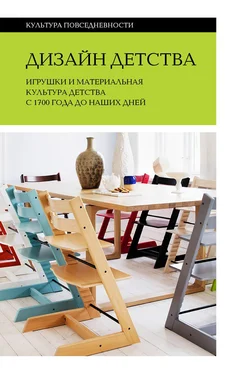
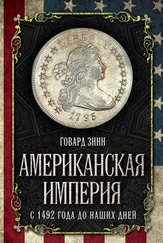
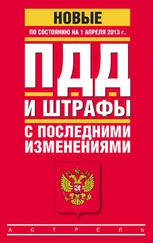


![Сергей Плохий - Потерянное царство. Поход за имперским идеалом и сотворение русской нации [c 1470 года до наших дней]](/books/433093/sergej-plohij-poteryannoe-carstvo-pohod-za-impersk-thumb.webp)

